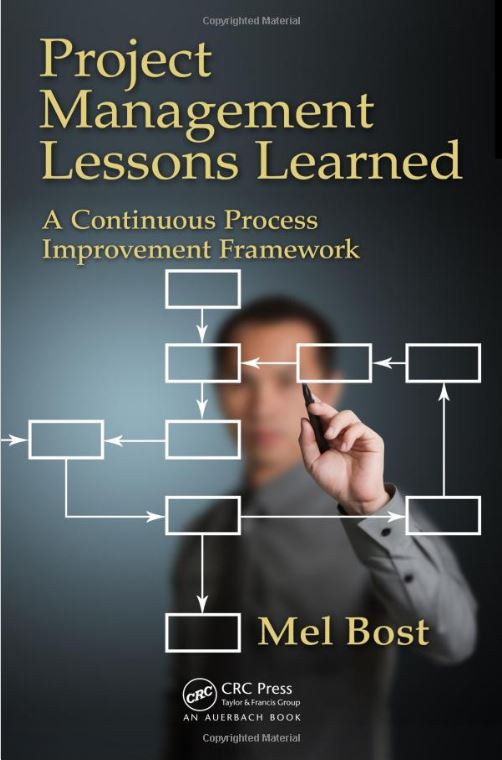“Best Practices” is a term which is used very loosely in project as well as other business contexts. Often people use the term when they mean those practices which can be employed with high probability of success across organizational or company boundaries.
But the real context of the application of Best Practices is within a single organizational context itself. Harold Kerzner, a recognized project management authority around the world, has defined Best Practices as “those processes, procedures or practices which a company or project applies to other similar situations because they have proved to be valuable or successful in the past and they can be assumed to be successful again in the future.”
Let me give you an example from real life that may bring this meaning home. My wife and I usually divide up the laundry duties. She starts the washing machine and I dry and fold the clothes in the dryer. Our daily wash load usually consists of two or three bath towels, four hand towels, four wash clothes and various other white goods. Now, from my experience with folding the dryer load many times, I have developed a practice whereby I always fold the bath towels first. Why? Because, removing the largest load items from the dryer makes it easier and more productive to fold the remaining clothes. It is faster. I have established this as a Best Practice within my household context.
Now, if I were to tell my neighbor on our cul-de-sac that he could employ my “Best Practice” to speed up his laundry process, I may or may not be correct. My “Best Practice” may not apply equally across the board to others. Why? Because he has a different laundry context. He may have a different size or composition of laundry load which doesn’t yield a faster operation because of its unique context.
That is why we must be careful not to assume that one project’s or company’s Best Practices might be applied equally well to another context. It is only after repeated application of the “Best Practice” in a similar project or business context that we can define it as a true Best Practice.
Of course, some basic business practices like using a template for notes for a meeting might be applied across the board as a Best Practice because of the tried and true nature of using such a template in many contexts.
I hope this has cast a new light on project Best Practices for you.
Mel Bost

Great post,
The laundry part had me laughing as I have argued about that exact point before!
I’ve heard the “Best Practice” term tossed around the company I work for, but didn’t know the real meaning of what it meant. I was surfing the meaning online when I came across your comment/post. Your explanation and example (which was really unique and simple) helped me understand the meaning in simple terms. Great post, and thanks for keeping it simple and comprehensible.